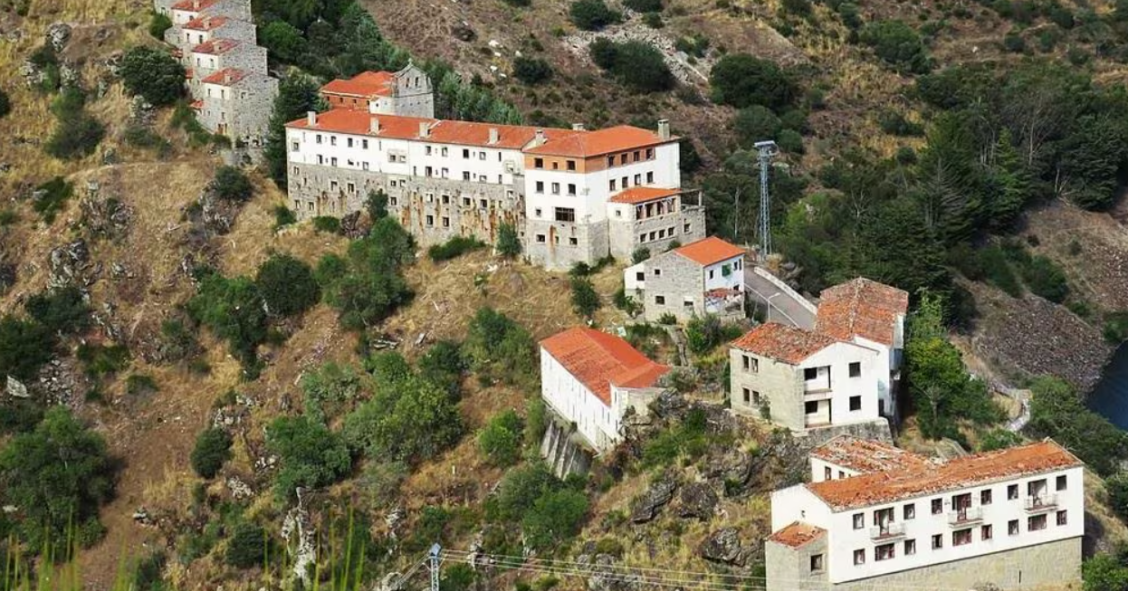
International demand is again one of the keys to the Spanish residential market's strength. In 2022, foreigners bought almost two out of every ten houses in Spain (18.7%), according to Euroval data, which is higher than in pre-pandemic years. In the first quarter of 2023 – when there was already a considerable slowdown in activity due to increased mortgage interest rates – registrars confirmed that foreign demand for housing continues to be strong, with more than 23,300 transactions.
The demand for housing by foreigners in Spain in 2022 exceeded previous data, and after two years since the outbreak of Covid-19, it has returned to pre-pandemic levels, even beating those of 2018 and 2019. Purchases by foreign citizens – both residents and non-residents – have once again played a crucial role in the strength of the Spanish residential market, according to Euroval's 2023 Real Estate Situation Report.
"In 2022, the proportion of foreign citizen purchases over the total number of transactions will increase substantially. The proportion of foreign citizen purchases –both residents and non-residents – in the housing market increased between 2021 and 2022, from 15.3% to 18.7%", according to the valuer.
The analysis confirms the high concentration of purchases made by foreign buyers in Spain. Three communities represent 65% of these purchases. Leading the way, and well ahead of the others, is the Valencian Community: where 30% of the houses bought by foreigners are. Another 21% are in Andalusia, and the remaining 14% are in Catalonia. The Canary Islands, with 9% of foreign purchases, ranks fourth, followed by Madrid (6%), the Balearic Islands (6%) and Murcia (5%).
According to data by autonomous communities, the most marked increases in the last two years were in the Valencian Community, with a 7.4 percentage point increase, from 28.5% to 35.9%, and the Canary Islands, with a rise of more than six points (from 30.8% to 37%).
Following behind, less significant increases were recorded in the large markets, but no less substantial in Andalusia (3.2 pp), followed by Murcia, with 2.7 pp more, Catalonia (2.5 pp), the Balearic Islands (1.8 pp), with almost 2 percentage points more and Madrid, from 8% to 9.1%, 1.1 pp more.
"Properties bought by foreigners are one of the key factors to the stability and growth of the Spanish tourism-residential market, and the number of units is already above pre-pandemic values", according to Euroval.
Only the 2015 percentage (19.3%) is higher than that seen in 2022 (18.7%), but in absolute numbers, the sorpasso of 2022 is unquestionable. While in 2015, 77,530 homes were sold to foreigners, this figure reached 133,221 units last year, according to Euroval data.
2023 forecast for international demand in Spain
Recovering foreign demand comes at a delicate time for the residential market in Spain, says the valuer's report. "There is already a certain downturn as a result of international uncertainty and the increased cost to access mortgage credit due to the rising interest rates".
According to data from the Property Registrars, demand from foreign buyers has remained strong – 14.52% of total purchases. In other words, more than 23,300 transactions out of just over 161,000 between January and March of this year.
In absolute terms, the number of purchases by foreign citizens was higher than in the previous quarter, despite a drop in the percentage. In percentage terms, this is the fourth highest result in historical data, after 15.92% in Q3 2022, 14.71% in Q4 2022 and 14.66% in Q2 2022.
"Seasonal factors must be considered when interpreting the results, as summer periods tend to provide higher figures," say the registrars in their latest quarterly real estate report.
The highest proportions were in the Balearic Islands (29.16%), Valencia (28.35%), Canary Islands (28.30%), Murcia (21.44%), Catalonia (15.60%) and Andalusia (14.64%).
Meanwhile, by nationalities, the most frequent buyers were British (9.48%), German (7.48%), French (7.23%), Moroccan (5.39%), Italian (5.37%), Romanian (5.36%) and Belgian (5.31%).






